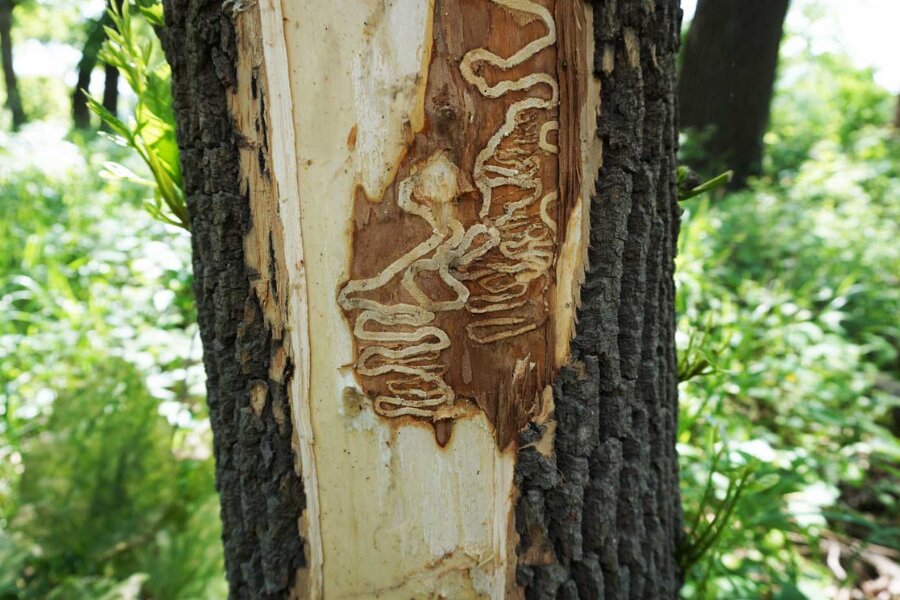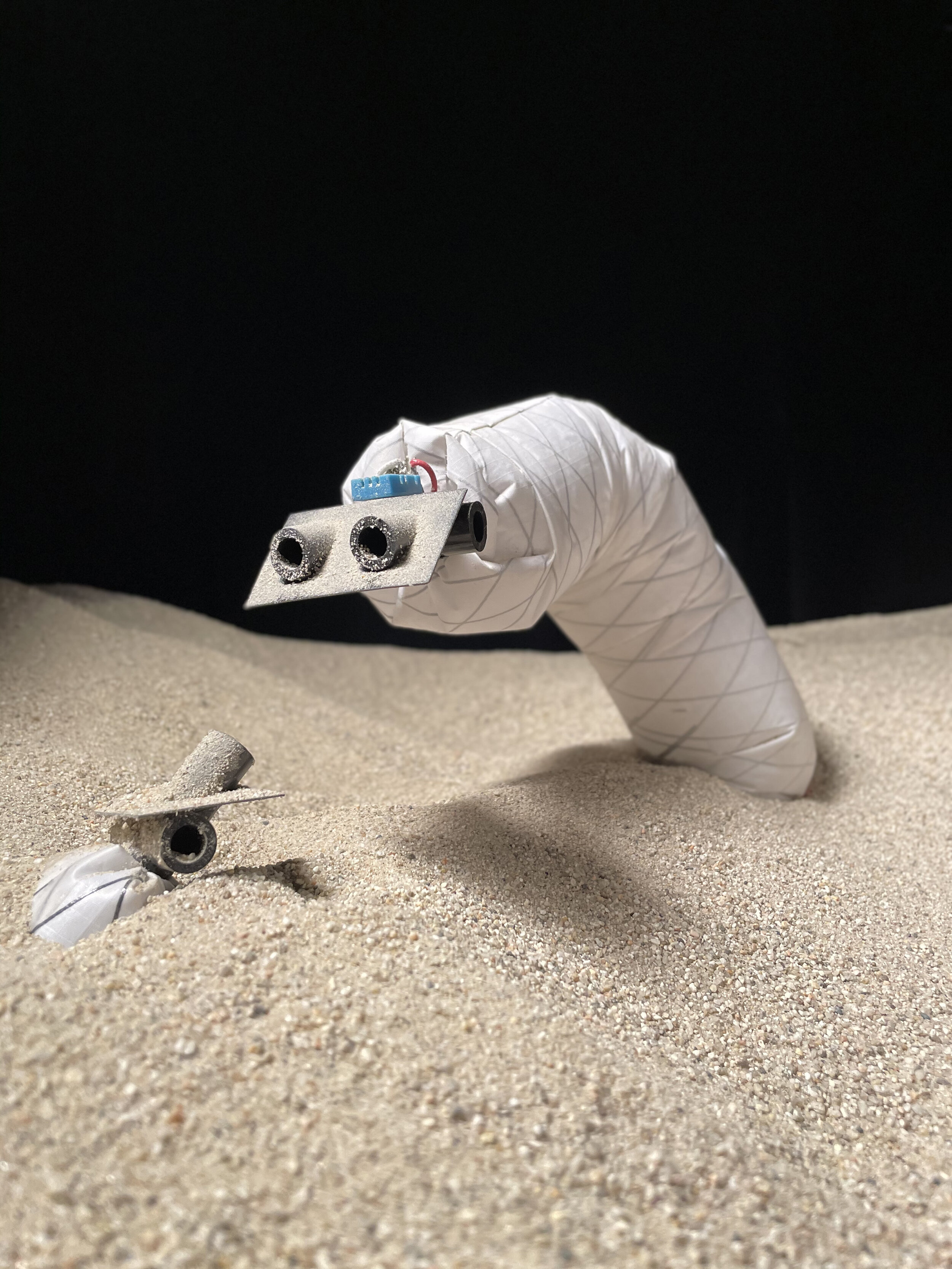#Scientists discover attacking fungi that show promise against emerald ash borer

“#Scientists discover attacking fungi that show promise against emerald ash borer”

Since its introduction, the emerald ash borer (EAB) has become the most devastating invasive forest insect in the United States, killing hundreds of millions of ash trees at a cost of hundreds of millions of dollars.
Now, new research from the University of Minnesota’s Minnesota Invasive Terrestrial Plants and Pests Center (MITPPC) shows a possible path forward in controlling the invasive pest that threatens Minnesota’s nearly one billion ash trees.
In a recent study published in Fungal Biology, MITPPC researchers identified various fungi living in EAB-infested trees—a critical first step in finding fungi that may be harnessed to control the spread of EAB, and ultimately, prevent ash tree death.
“We discovered that several different species of fungi attack EAB and other insects, and they can now be further tested for their potential for biocontrol,” said Robert Blanchette, the study’s project leader and professor in the College of Food, Agricultural and Natural Resource Sciences. “This is a very important first step in the search for a biocontrol for emerald ash borer.”
Larval EAB feed just beneath the bark, leaving behind tunnel galleries that can stretch up to 20 inches long. Beneath the surface, fungi—some of which may be capable of parasitizing the EAB—may be carried by the larvae as they develop, or may enter the tree through the tunnel galleries. Some of these fungi also seriously affect urban trees, causing rapid wood decay which result in hazardous tree situations.
From Rochester to Duluth, researchers gathered samples where ash is affected by EAB. Through DNA sequencing, scientists identified fungal isolates and revealed a diverse assemblage of fungi. This included entomopathogenic fungi that attack insects, as well as other fungi that cause cankers—which help EAB kill trees—and some that cause wood decay.
“Before now, we simply haven’t been sure what fungi are associated with EAB infestations in Minnesota. This project identified those species and, in doing so, opened up new possibilities for managing one of our state’s most devastating tree pests,” said Ben Held, the study’s lead author and researcher in the College of Food, Agricultural and Natural Resource Sciences.
As research continues, the scientists will build on the work from this study to determine if any of the fungi can be used to kill the emerald ash borer. Results will also be of value in helping control the insect in other parts of North America where EAB is found.
“Ash trees are vitally important to Minnesota,” said Rob Venette, MITPPC director. “They reduce air pollution, storm water runoff, and cooling costs, all while increasing property values in local communities. It’s critical we work to protect them from this invasive pest.”
August is open season for hunting invasive insects
Benjamin W. Held et al, Fungi associated with galleries of the emerald ash borer, Fungal Biology (2021). DOI: 10.1016/j.funbio.2021.02.004
Citation:
Scientists discover attacking fungi that show promise against emerald ash borer (2021, March 10)
retrieved 11 March 2021
from https://phys.org/news/2021-03-scientists-fungi-emerald-ash-borer.html
This document is subject to copyright. Apart from any fair dealing for the purpose of private study or research, no
part may be reproduced without the written permission. The content is provided for information purposes only.
If you liked the article, do not forget to share it with your friends. Follow us on Google News too, click on the star and choose us from your favorites.
For forums sites go to Forum.BuradaBiliyorum.Com
If you want to read more Like this articles, you can visit our Science category.




